-
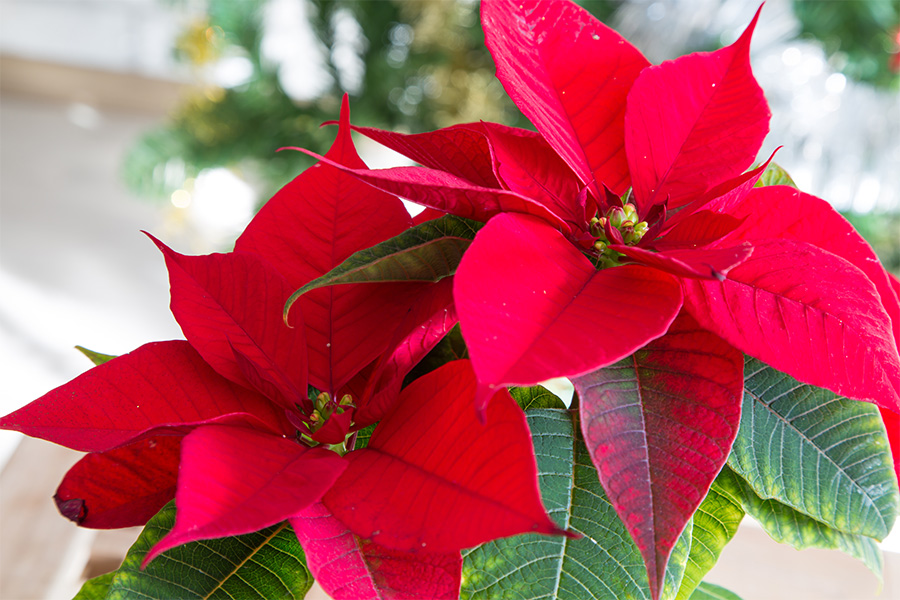
Flowering and foliage plants can make welcome gifts. How long they remain attractive may be directly related to the care and handling they are given. This publication describes ways to properly care for holiday and gift plants to ensure maximum longevity.
|
-
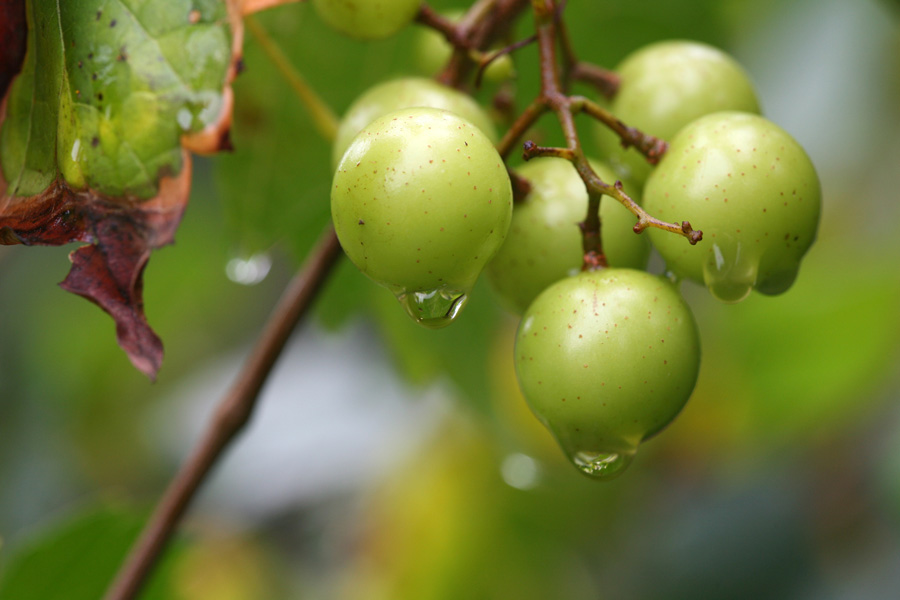
C 949
Home Garden Muscadines
Muscadines are truly a fruit for the south. Although muscadines can be grown successfully in most parts of the state, they are best adapted to the Piedmont and Coastal Plain areas.
|
-
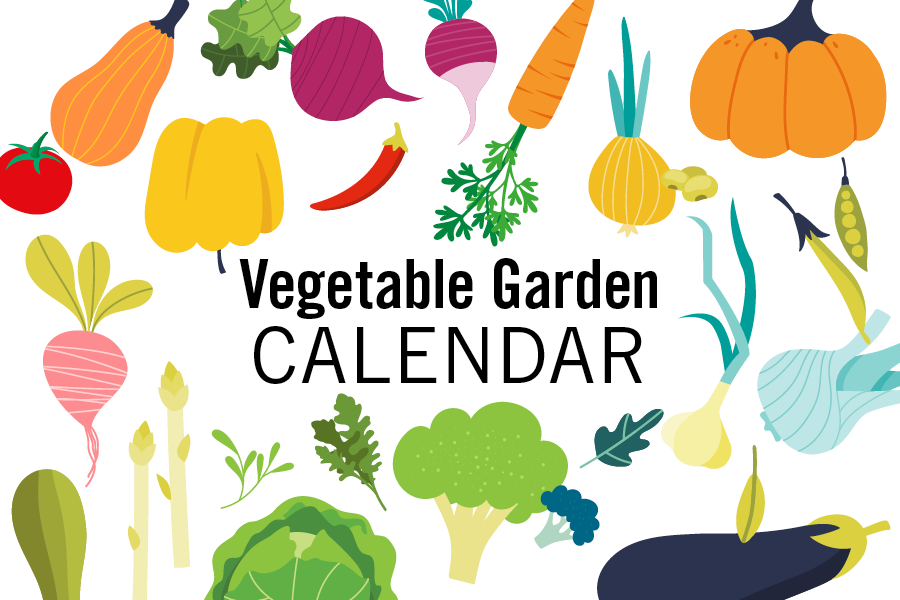
The recommendations in this circular are based on long-term average dates of the last killing frost in the spring and first killing frost in the fall. Every year does not conform to the “average,” so you should use your own judgment about advancing or delaying the time for each job, depending on weather conditions.
|
-

C 945
Home Garden Figs
Most people are fond of figs. They are tasty and can be eaten fresh, preserved, or used for baking and making desserts. Figs will do well in most parts of Georgia except the mountainous areas.
|
-
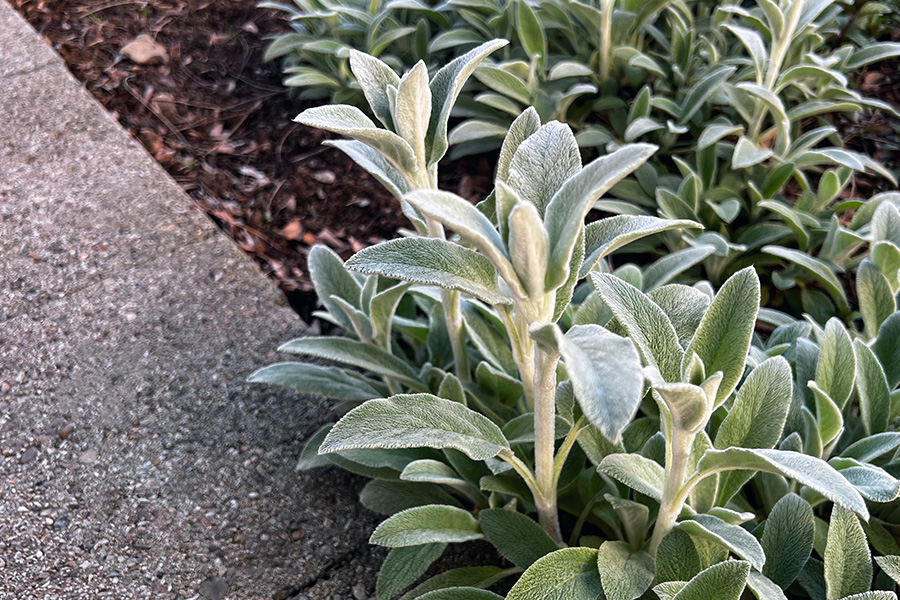
C 928
Ground Covers
Ground covers have many practical uses. Some can be used to control erosion when planted on slopes or banks. Others are effective lawn substitutes in areas that are too shady to support the growth of grasses or areas that are difficult to mow. Densely growing ground covers also effectively control weeds by blocking light from reaching the ground. Some ground covers can be used as attractive accents in areas too narrow to accommodate shrubs. One of the most common reasons for using ground covers is to reduce costly and
time-consuming maintenance, such as mowing, edging, trimming and mulching.|
-
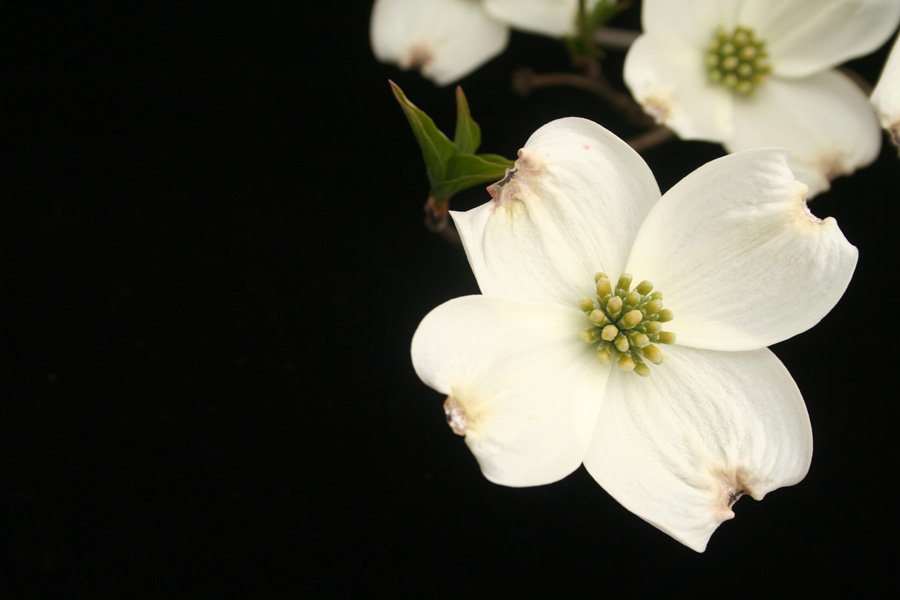
C 900
Growing Dogwoods
One of the most widely planted ornamental trees in Georgia is the flowering dogwood. Dogwoods are not difficult to grow if they are located in the proper site and if healthy trees are purchased and planted properly.
|
-
C 946
Home Garden Blueberries
Under good management, the native Georgia rabbiteye blueberry bushes will produce some fruit the second or third year after transplanting. By the sixth year they will yield as much as 2 gallons each and continue to increase as the plants get larger.
|
-

This guide discusses how to prevent and treat head lice outbreaks in schools.
|